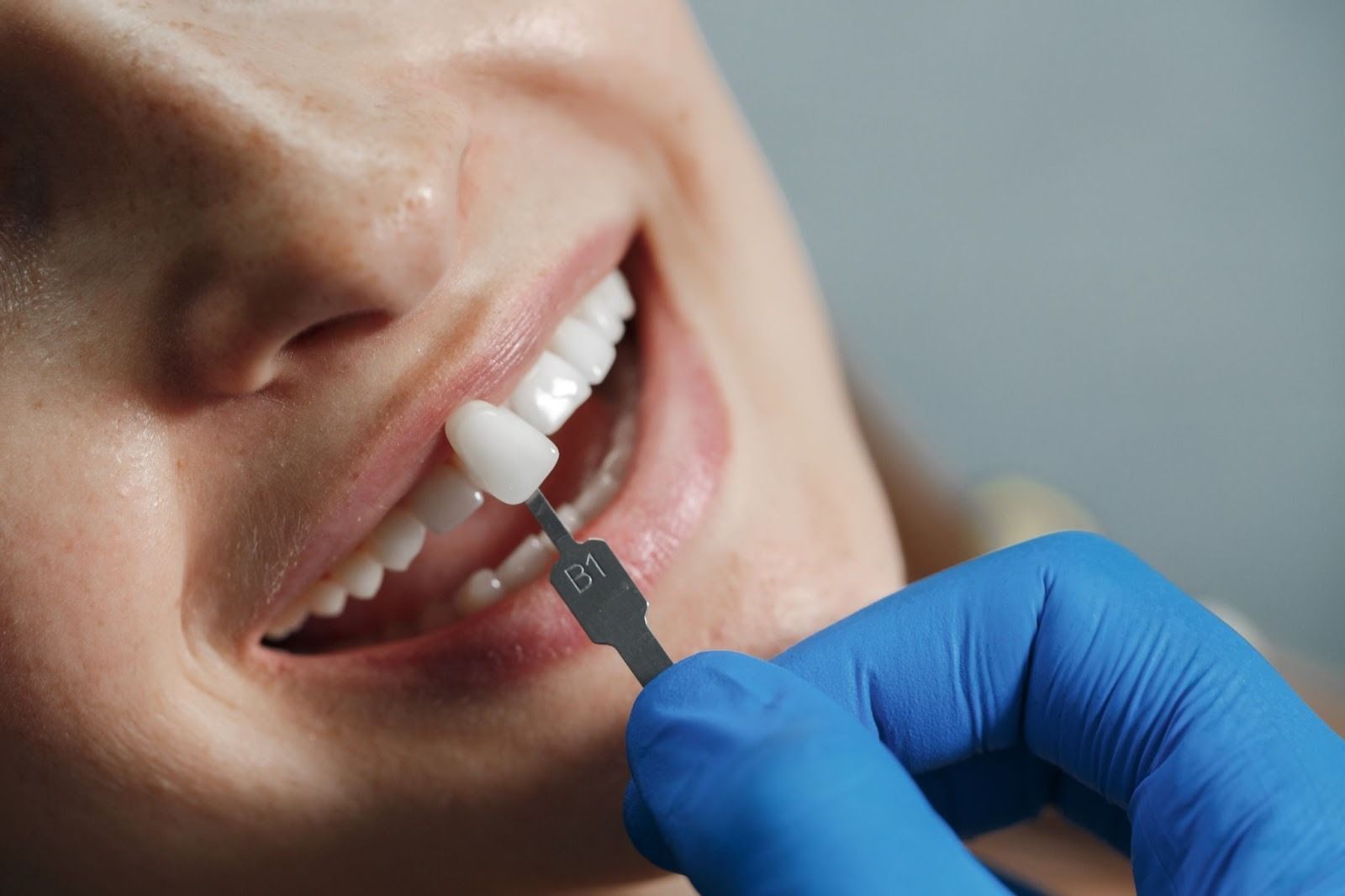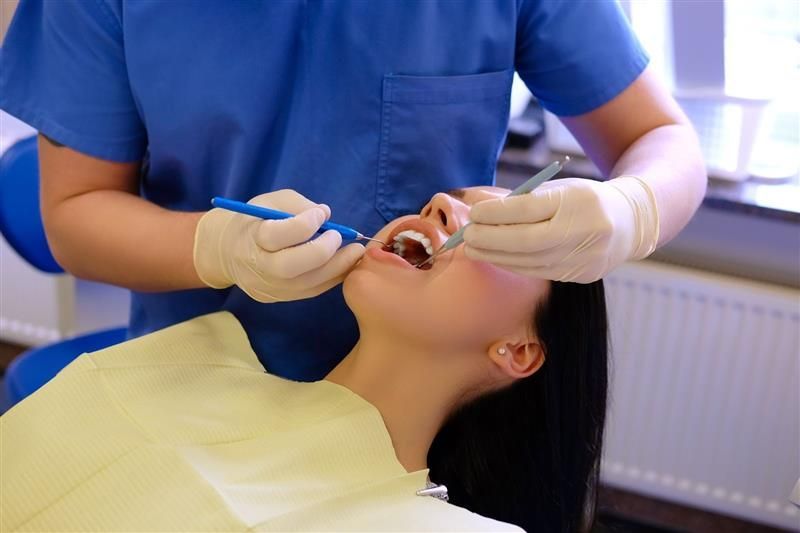Types of Gum Diseases and How to Treat Them
The lifestyle choices you make daily affect your health positively or negatively. This is true when it comes to gum diseases, as well. If diagnosed in the early stages, we can reverse the damage caused to the gums.
However, if the damage is left untreated, it can lead to irreversible damage. According to the CDC
, about 42.7% people by the age of 30 years face some sort of periodontal disease. These diseases increase with age.
Let’s take a further look into the type of disease and how they can be treated.
What are the Different Types of Gum Diseases?
There are six different types of gum diseases that can affect a person’s dental health. These are classified on the basis of their stages and level of severeness in the medical fields. These are:
Gingivitis
Usually caused by poor dental hygiene, gingivitis is a gum disease that can be reversed if diagnosed in time. The symptoms are red, swollen gums that bleed easily. You can treat this with proper oral care at home and by visiting a dentist for treatment.
Periodontitis
It is the advanced stage of gum disease in which the bacteria affects the gums and the teeth. It spreads through the gum tissues to the gum line which causes harm to the teeth. This disease leads to jawbone damage and jawbone atrophy. Common symptoms for this disease is bad breath.
Aggressive Periodontitis
This is the next stage of periodontitis where the gingival tissues face further damage. As the teeth loosen from their place, a person can also face bone destruction at an aggravated pace. A person suffering will experience severe tooth loss.
Chronic Periodontitis
This is the most common form of gum disease in the extreme state. The person can experience increased bone loss. It is characterized by gum recession and formation of gingival pockets.
Systematic Periodontitis
This form of gum disease develops due to other conditions a person might have such as heart disease, respiratory disease, and diabetes.
Necrotizing Periodontal Disease
This type of gum disease occurs in people suffering from conditions and diseases like malnutrition, HIV, and immunosuppression. Under this, the gum tissues and bones are destroyed by the disease.
In this, the bones and gums lack the nutrition and nourishment they need to remain healthy.
Habits that Increase the Chances of Gum Problems
Poor dental hygiene is the biggest cause of several gum problems. The lack of dental care leads to plaque formation which further worsens the condition of the teeth and gums. Other factors that contribute to gingivitis and periodontitis are:
- Smoking
- Poor nutrition
- Age
- Alcohol consumption
- Stress also affects the health of your gums
- Poor saliva production
Appropriate Treatment for Gum Diseases
With proper dental care and changes in your routine can help you get your gums back. There are several ways for the treatment of your gums to maintain and improve their health. These are:
- Maintaining oral hygiene with proper brushing and flossing
- Prescription mouthwashes and cleaners
- Periodontitis can be cured by scaling and root planing procedure where gums are lifted, cleaned, and realigned around the teeth
- Laser therapy to remove the bacteria from the soft tissue of the gum
- Improving your sleep schedule and stress management can reduce the chances of gingivitis

Life changes like quitting smoking, and using toothpastes rich in fluoride can help you maintain your dental health. However, the gum disease causing bacteria can also be passed down to children from their parents.
Avoid the medical problems by scheduling a visit to Park Dental Care in Brooklyn
and get a complete check up done. Avail our services to treat any problems and improve your oral health.










